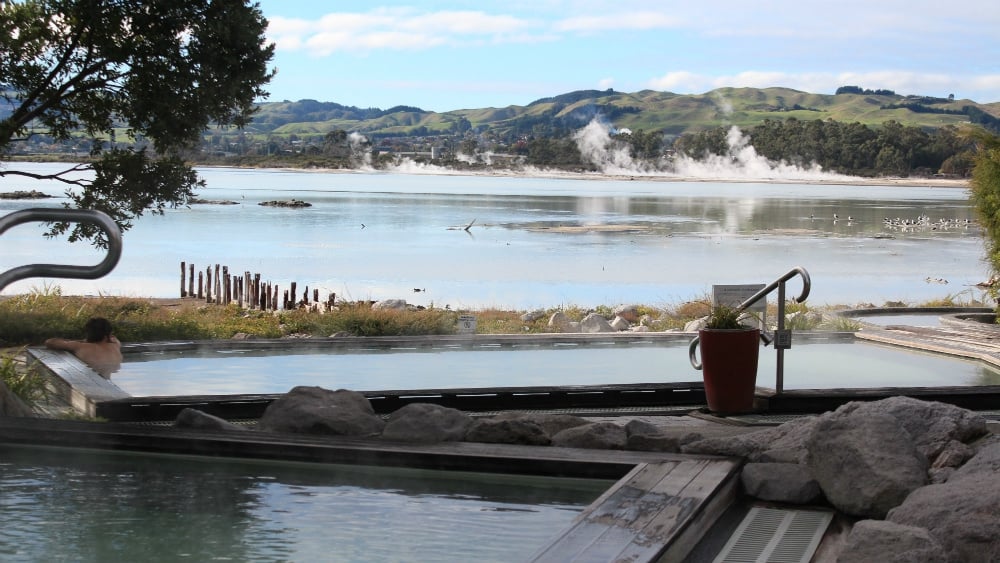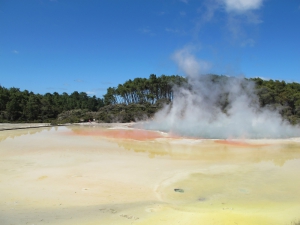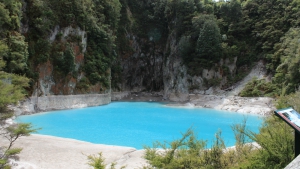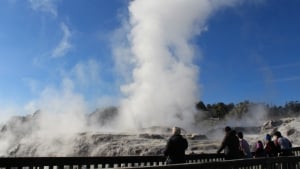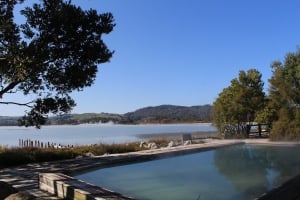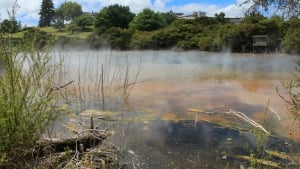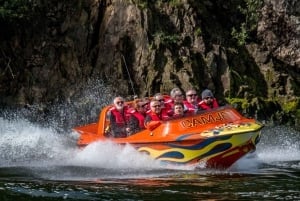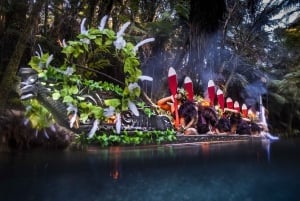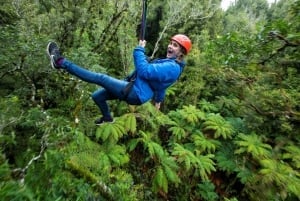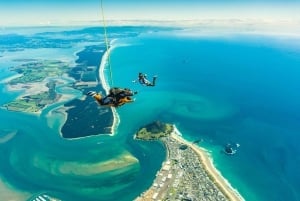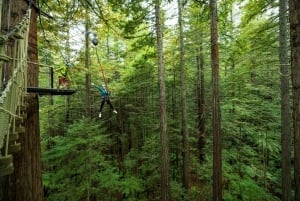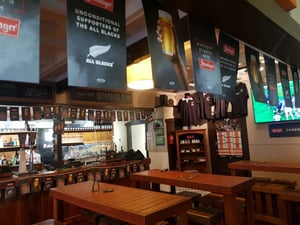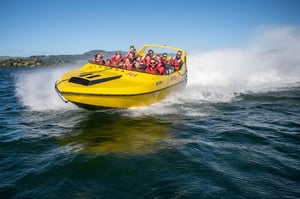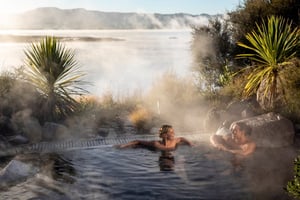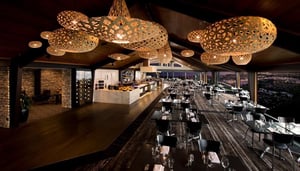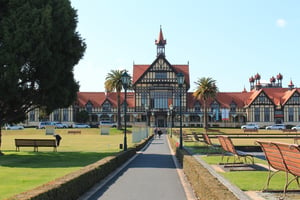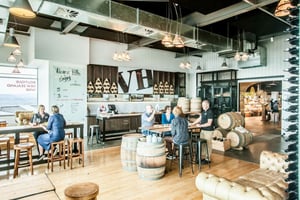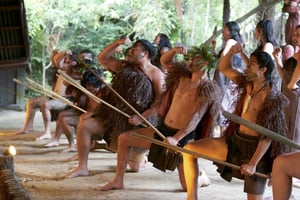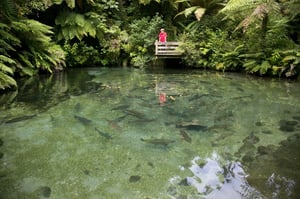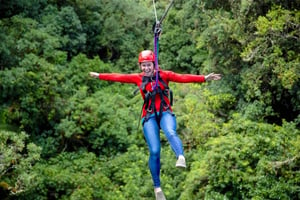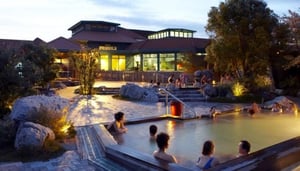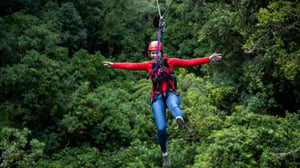Exploring the Hot Springs of Rotorua
A Guide to the Geothermal Wonders of Rotorua, New Zealand
Book Top Experiences and Tours in Rotorua:
If youʻre booking your trip to Rotorua last minute, we have you covered. Below are some of the top tours and experiences!- Okere Falls: Zipline over Waterfalls Experience
- Cambridge Waikato New Zealand: Tour -45 Min Extreme Jet Boat
- Mitai Maori Village: Cultural Experience and Dinner Buffet
- Cambridge, Matamata, Waitomo: 1-Hour Ecological River Cruise
- Rotorua: 6 Ziplines, Swing-Bridges & Wildlife Encounters
The region is renowned for its bubbling mud pools, spouting geysers, and steaming springs, which provide visitors with an enthralling glimpse into the subterranean forces that shape the country's dynamic landscape.
Rotorua's hot springs offer visitors a unique experience due to their varied colors and mineral content. Each of the hot springs has a unique composition of minerals, which gives them their distinctive colors. The geothermal waters are believed to have therapeutic benefits, and visitors can take advantage of the healing properties through various activities, including spa treatments, mud baths, and hot pool soaking.
In this article, we'll take a closer look at the geothermal marvels of Rotorua, the science behind the geothermal activity, the top hot springs and geothermal parks to visit, as well as tips and recommendations for experiencing Rotorua's hot springs.
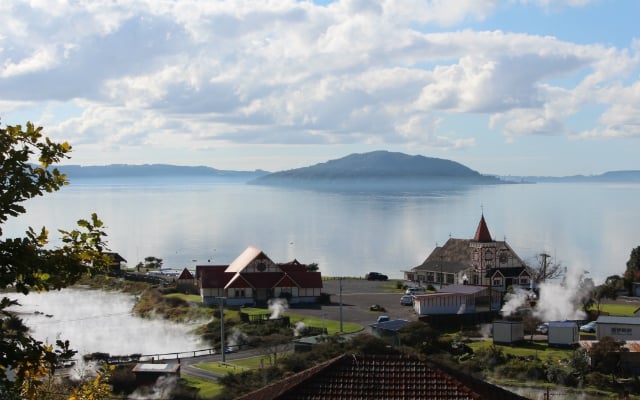
The Geothermal History of Rotorua
Rotorua's geothermal activity dates back more than 200,000 years when the area was shaped by massive volcanic eruptions. Over time, the volcanic activity subsided, leaving behind a complex network of underground geothermal systems that surface today in the form of hot springs, mud pools, and geysers.
The region's rich geothermal history is an essential component of the Maori culture, and the hot springs and geysers were considered sacred sites. The Maori people believed that the hot springs were gifts from their gods, and they used the waters for relaxation, purification, and healing. Today, the Maori culture and their connection to Rotorua's geothermal wonders are an integral part of the region's identity and tourism industry.
Formation of Rotorua's Hot Springs
Rotorua's hot springs are a product of the geothermal energy that originates deep within the earth. When rainwater seeps underground, it's heated by the earth's molten layers, creating pressurized hot water and steam that rise to the surface. Once the water reaches the surface, it cools down slightly and forms pools, streams, and geysers. The hot springs vary in temperature, mineral content, and color, depending on their proximity to the geothermal activity.
The Maori Connection to Rotorua's Geothermal Wonders
The Maori people have lived in New Zealand for more than a thousand years, and their ancestral stories and traditions are intertwined with the land's geothermal activity. The hot springs and geysers were essential in their daily lives, and they believed that each geothermal feature had a unique spiritual significance. The Maori considered the hot springs as healing waters and often used them for medicinal purposes. The Maori culture is a significant influence on the region's geothermal tourism, and visitors can learn about the Maori traditions and customs at various cultural centers and attractions.
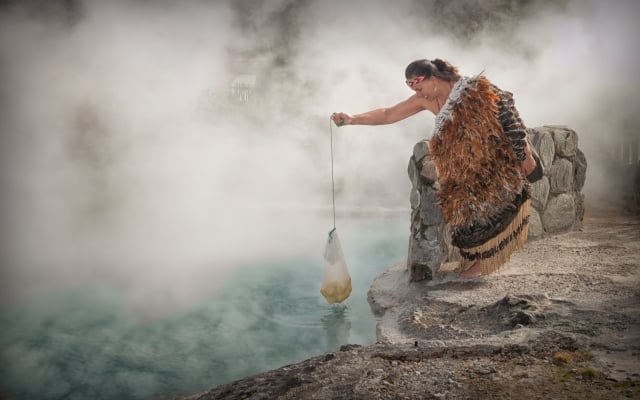
The Science Behind Rotorua's Geothermal Activity
The geothermal activity in Rotorua is a testament to the power of the earth's internal dynamics. The region sits on the Taupo Volcanic Zone, which is one of the world's most active volcanic regions, extending over 350 kilometers across the North Island. The area is characterized by active volcanoes, geysers, and hot springs, all products of the tectonic forces that shape the region.
The geothermal activity produces hydrothermal features that are rich in minerals such as sulfur, silica, and calcium, which are believed to have therapeutic benefits. Today, New Zealand is one of the world's leading producers of geothermal energy, accounting for over 20% of the country's electricity production.
Top Hot Springs and Geothermal Parks in Rotorua
Rotorua's geothermal activity has been a popular attraction for visitors for more than a century, with many famous personalities, including Prime Ministers and royalty, visiting the area. In the early 20th century, the government recognized the tourism potential of the hot springs and built various infrastructure, including thermal pools and bathhouses, to cater to the tourists. Rotorua's geothermal tourism continues to grow, with numerous geothermal parks, spas, and wellness centers attracting visitors from all over the world.
Here are some of the top hot springs and geothermal parks in Rotorua:

Polynesian Spa
The Polynesian Spa is New Zealand's leading international spa and the perfect place to enjoy nature's gift. Discover the secret of the natural hot mineral pools, known for its therapeutic properties. Guests can benefit from the geothermic acidic and alkaline water that flow into the 28 pools from two hot mineral springs.
Te Puia
Te Puia is a Maori cultural center and geothermal park that offers visitors a chance to experience the region's unique geothermal landscape and learn about the Maori culture. The park has several attractions, including the Pohutu and Prince of Wales Feathers geysers and the Ngāraratuatara Fumarole.
Hell's Gate
Hell's Gate is New Zealand's most active geothermal park, featuring hot springs, boiling mud pools, and spectacular geysers. The park is also home to the Southern Hemisphere's largest hot waterfall, the Kakahi Falls, which cascades into a pool of hot water.
Kuirau Park
Kuirau Park is located in the heart of Rotorua and offers visitors a glimpse into the geothermal activity that lies beneath the city. The park features various hot springs, mud pools, and steam vents, and visitors can take a relaxing footbath in one of the geothermally heated pools.
Waimangu Volcanic Valley
Waimangu connects people with the beating heart of the world’s youngest geothermal valley, its unique history and legacy. Home to the now hidden Pink and White Terraces, the eighth natural wonder of the world, Waimangu immerses visitors in the stories of the Mt Tarawera volcanic eruption, its people, and the resulting dramatic landscape changes that created the world’s youngest geothermal valley.
Kerosene Creek
Kerosene Creek is a hot spring that flows through the natural bush of Rotorua, approximately thirty kilometres from the city centre.
The natural hot springs features a two metre waterfall that flows into a tranquil hot pool. It's the perfect retreat for those who want to enjoy the thermal delights of nature and of course there is no entry fee to pay! There's even a few excavated mini pools that bathers have created over the years from the smooth rock to enjoy.
Wai-O-Tapu Thermal Wonderland
Wai-O-Tapu is a geothermal wonderland located just outside Rotorua, renowned for its colorful hot springs, geysers, and bubbling mud pools. The park has several attractions, including the Champagne Pool, Devil's Bath, and the Lady Knox Geyser, which erupts daily at 10:15 am.
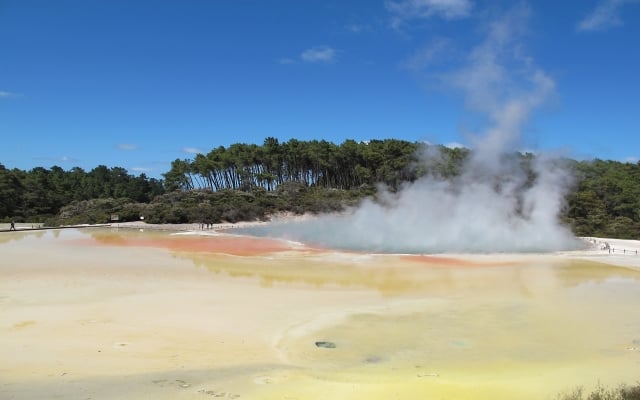
Best Time to Visit Rotorua's Hot Springs
The best time to visit Rotorua's hot springs is during the winter months when the air is colder, and soaking in the hot pools feels rejuvenating. The summer months can be busy, with higher temperatures making the waters less appealing. It's also important to note that the geothermal areas can be dangerous, and visitors must adhere to the warning signs and guidelines.
Health Benefits of Rotorua's Geothermal Waters
The geothermal waters in Rotorua are rich in minerals, including sulfur, silica, and calcium, which are believed to have therapeutic benefits. The waters are said to help with skin conditions, joint pain, and respiratory problems. Visitors can take advantage of the healing properties by soaking in the hot pools or getting spa treatments at one of the many wellness centers.
Summary
Rotorua's geothermal hot springs are a remarkable natural phenomenon that offers visitors a glimpse into the earth's powerful forces. The region's unique landscape and Maori culture make Rotorua a must-visit destination for anyone visiting New Zealand.
Rotorua Activity Deals:
To get the best deals on activities in Rotorua check our Rotorua Experiences section and save some money.
Car Hire:
If you need to hire a hire try our My Guide Car Rental Comparison tool. Search, compare and save up to 70%.


